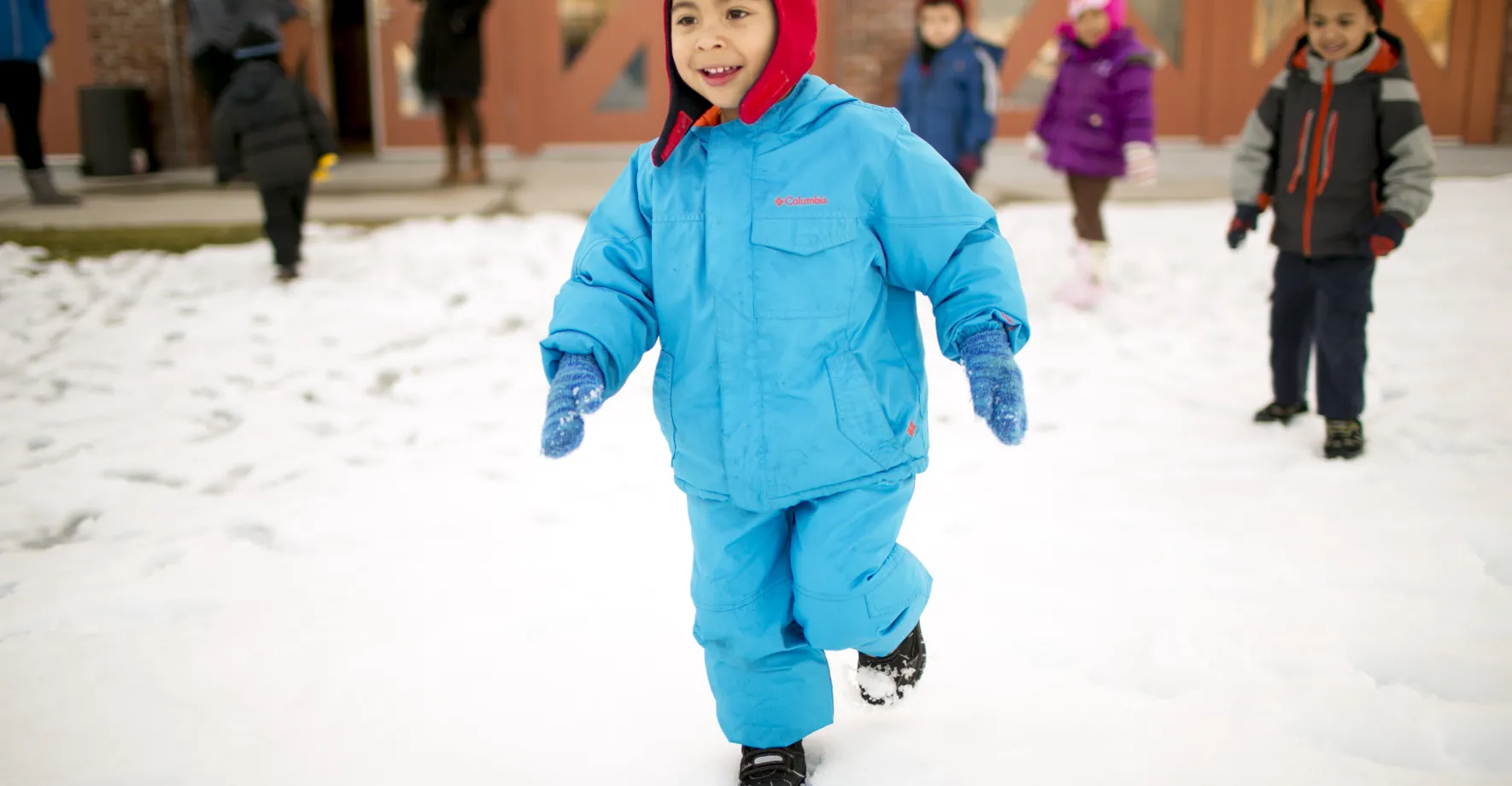This week, freezing temperatures paralyzed the midwest, shuttering businesses and causing widespread school closures. The arctic blast, called a polar vortex, is prompting cities to activate warming centers and volunteers to mobilize to deliver pre-packaged food, warm clothes and other supplies to homeless populations.
This polar vortex has underscored how weather affects low-income Americans in a disproportionate way. Harsh weather is often a minor inconvenience to most of us but can be lethal to our homeless and poverty-stricken populations. For kids, cold snaps and snow days mean more than a day without classes. Many miss a day of nutritious meals through free and reduced-price breakfast, lunch and afterschool meals.

Here are five stories about how schools make the tough decision to close and how districts in some of the most affected states are responding to kids in need.
New York: To close, or not to close: that is the question for schools
Some schools follow the recommendations of the county’s Department of Public Health and while the safety of children is of utmost importance, the decision to close school can have a negative effect on students and families who rely on school resources. Keeping an eye on weather maps help them find the sweet spot between closing too soon before a forecast is set and giving parents enough notice to find childcare.
Indiana: Bitter cold tests rules for schools
Subzero temperatures in Indiana shuttered Fort Wayne Community Schools this week. Along with student safety, districts also consider the effect on buses and impact on students who rely on school breakfast and lunch.
Michigan: State of emergency closes schools through Wednesday
Schools across Michigan closed for half of the week after the Governor declared a state of emergency. With approximately 2,300 students relying on the free and reduced-priced lunch program in Holland Public Schools, the district continued to serve breakfast and lunch by opening pick up locations for parents and kids at three area schools.
Iowa: School program provides students with meals on snow days
One school in Iowa is ensuring that students receive breakfast and lunch on snow days. It reworked funding that provides meals to children in need during the summer to make sure winter is no different. It served 120 meals on the last snow day alone.
Minnesota: Food services hampered by cold blast
Minneapolis Public School District has partnered with the Parks Board on weather-related school closings, delivering meals and snacks to 16 different Minneapolis Parks Board indoor recreations centers in hopes of reaching children who would normally eat at school.
Schools play a critical role in addressing poverty and hunger. As one school superintendent said this week: “If kids don’t get to school, they don’t get a good meal and warm place with a lot of attention and something to do.”
With 13 million kids in the U.S. living with hunger, schools are a place for them to count on basic needs – like breakfast, lunch and afterschool meals – and sometimes that means when school is open and when it’s closed.


